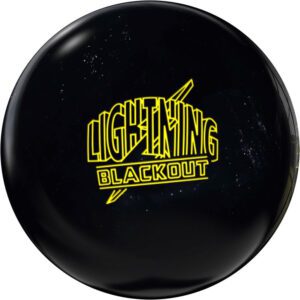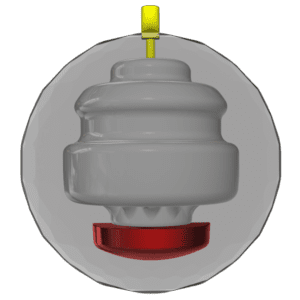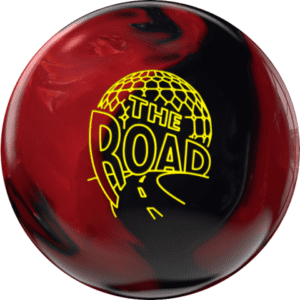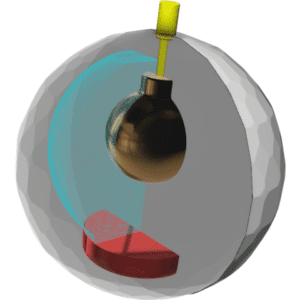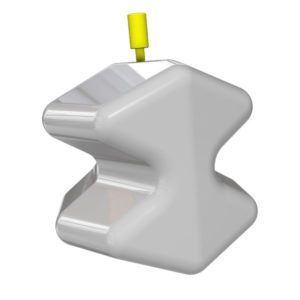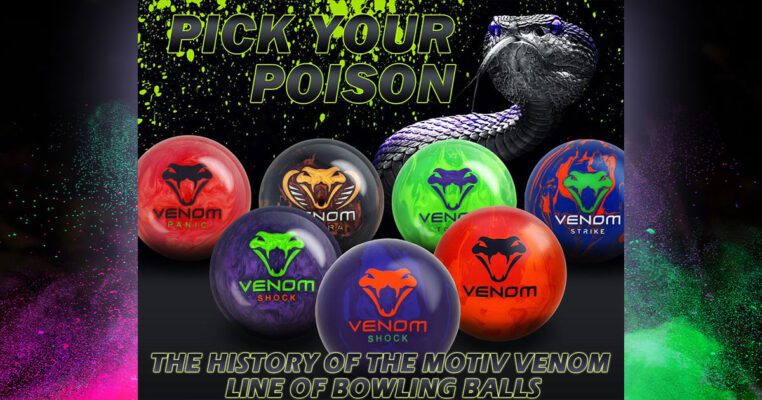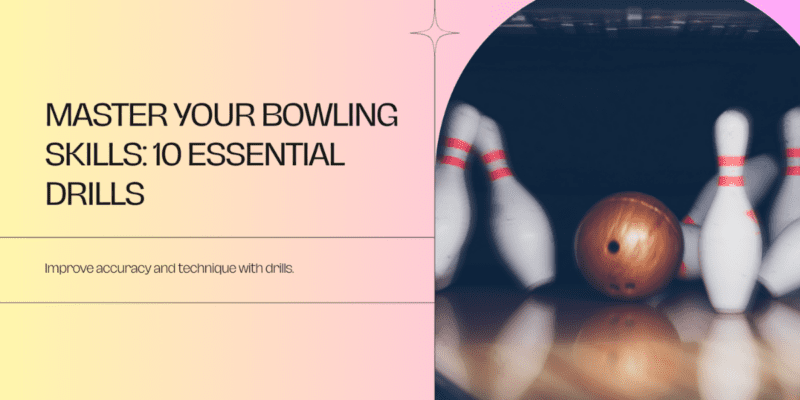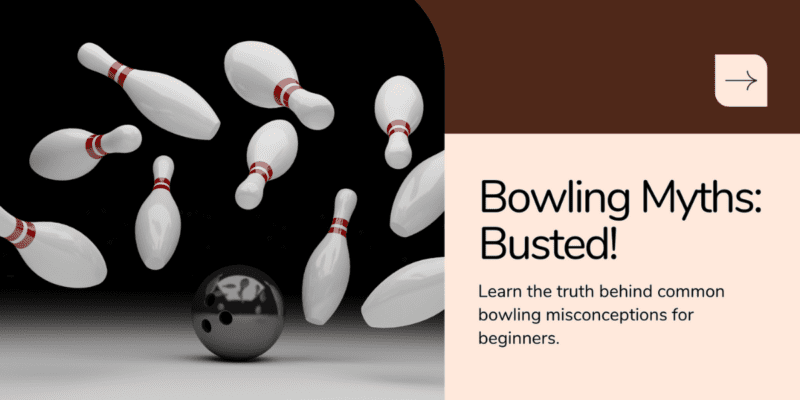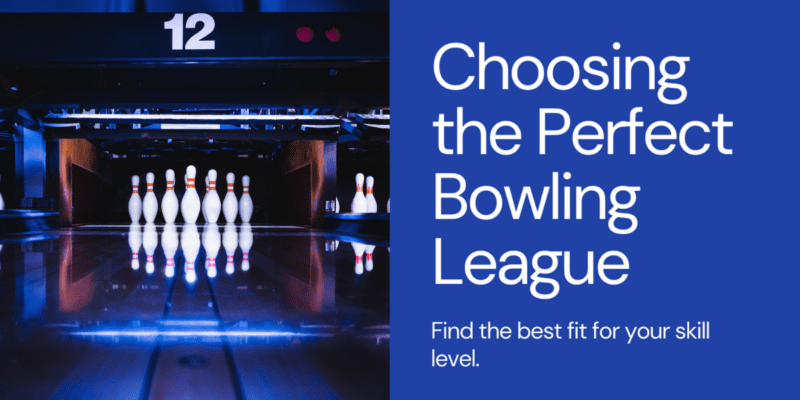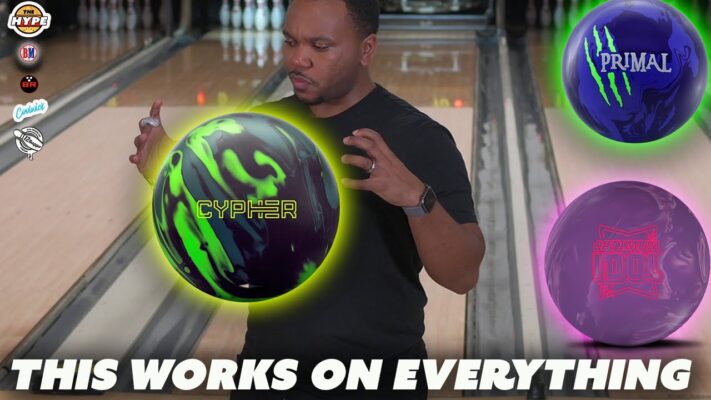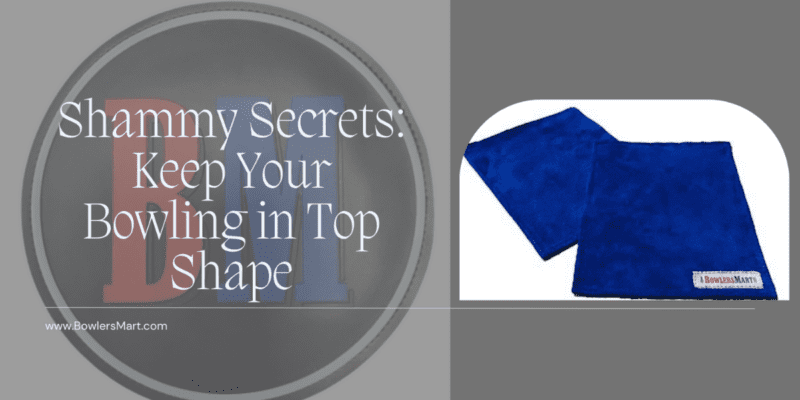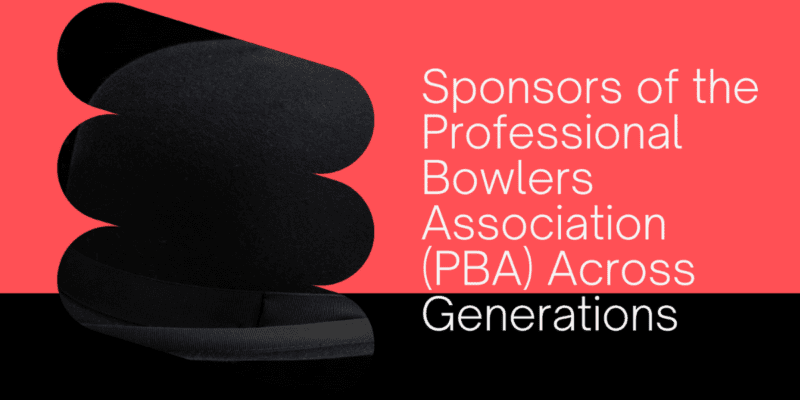Bowling Ball Videos, Storm Bowling Ball Videos
Storm Pitch Purple VS Pitch Black Bowling Ball – Internal Review
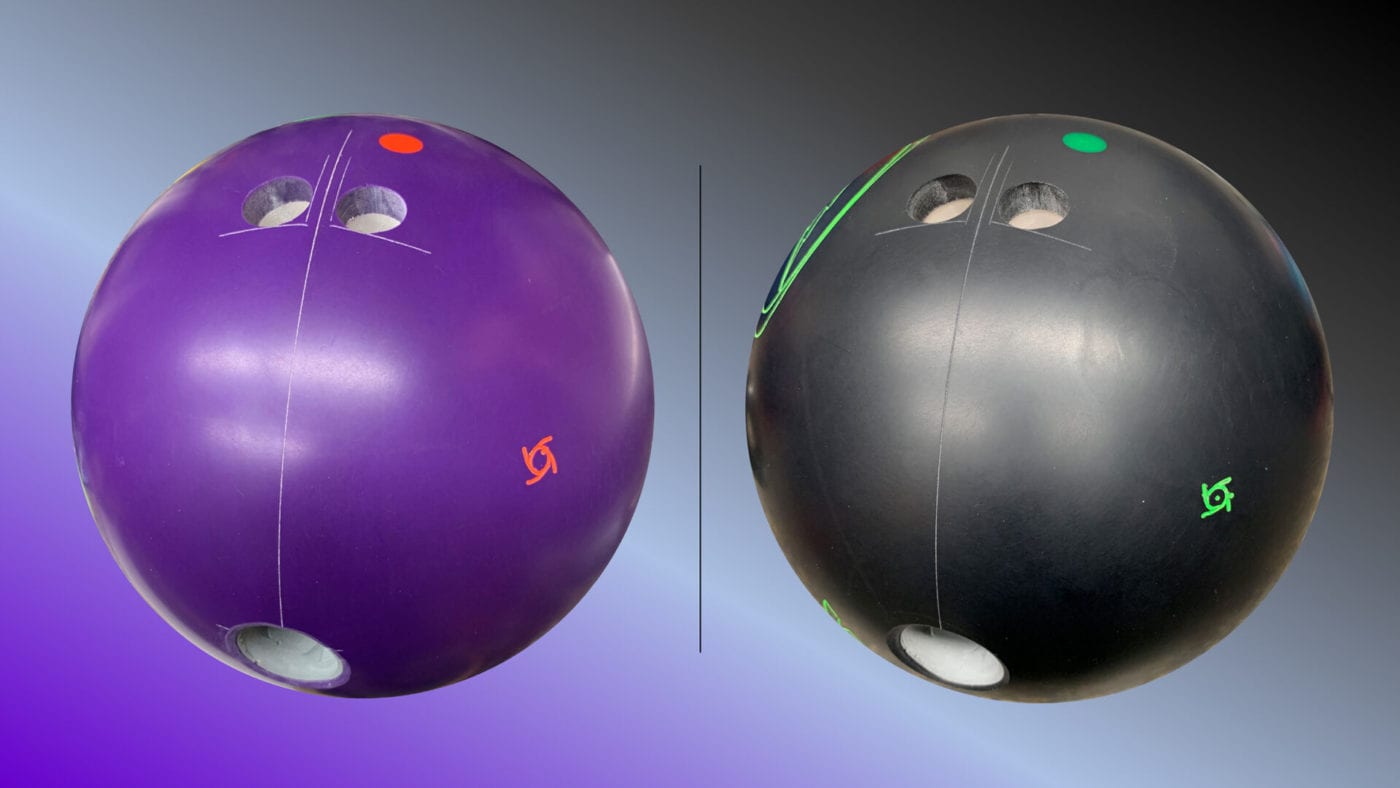
THE PITCH PURPLE HAS ENOUGH BACKEND POTENTIAL TO HIT STEEP ANGLES AND CONFIDENTLY MAKE IT BACK TO THE POCKET.
In modern times, Storm has been internationally recognized as the brand who emphasizes the later portion of a ball’s reaction. However, the Pitch lineup has been uniquely different from the start. Looking to expand our performance palette, we started exploring different liquid materials (urethanes) that shifted ball performance. Namely, breakpoint distance, backend hook potential, and entry angle. Depending on who you ask, these factors are arguably the most important variables in modern bowling technology. Storm has the “clean with a kick” look covered, as well as early urethane grip which works exceptionally well on short patterns. Believe me when I say: we’ve been burning the midnight oil when it comes to testing. With Alex Hoskins leading R&D, our lanes have been consistently booked more than ever with new formulas and materials to investigate. There’s plenty of balls that fill the void between a Hy-Road and a Pitch Black, but that something special has been curiously eluding our gaze.
What would happen if we took the same benchmark-cozy Capacitor Core and combined it with a new type of urethane material? The result, as it turns out, was nothing short of amazing. Read in oil, stability in friction, consistency from foul line to head pin was the result. This unique fusion lets you dial in key performance parameters, responding to every input with absolute fidelity.
BOWLER STATS:
Launch Speed: 18mph
RPM: 490
Tilt: 6°
Rotation: 45°
PAP: 5” straight over
Layout Used for Test: 5 x 3 x 2.5 (35° x 5 x 35°)
Surface Used on Both Balls: 1000-grit Abralon®
Oil Patterns: Beaten Path, 41’, 1:4.04, 24.25 mL; Boardwalk, 35′, 1:2.16, 28.25 mL
 Our curiosity keeps us moving forward, exploring, experimenting, and opening new doors.
Our curiosity keeps us moving forward, exploring, experimenting, and opening new doors.
THE TEST:
For this study, I decided to use Kegel’s 41′ Beaten Path and 35′ Boardwalk. I knew these patterns would showcase the differences between these two balls exceptionally well. I tossed 20 shots on SPECTO with each ball, averaged the results, and created composite motion paths for each along with a comparison chart utilizing the hard data SPECTO provided. Both balls were resurfaced prior to the test using a Surface Factory machine with fresh Abralon pads for each to achieve the most consistent finish possible.
41ft PATTERN TEST RESULTS:
Despite being set down two arrows deeper, the Pitch Purple not only covered more boards than the Pitch Black, but still split the 8-9 consistently. Typically, I would never use urethane on anything longer than 38 feet. But the Pitch Purple had just the right balance between the midlane and backend reaction that I could stand anywhere, with conviction, and watch it speed back to the pocket with tenacity. On this pattern, the Pitch Purple produced 17% more entry angle and 23% more length than the Pitch Black.

35ft PATTERN TEST RESULTS:
The most impressive thing about using the Pitch Purple on the shorter pattern was what it didn’t do – which was overreact off of the dry. My optimal line was was adjacent to the line I was playing on the 41′ Beaten Path pattern. The only adjustment I made was moving up six inches on the approach to dial my speed back smidgen. Furthermore, both balls fell into alignment in the last 1/3 of the lane thanks to the Rev-Controll Urethane cover. Had I been in the same area with even a weaker reactive, it would have been so aggressive off the breakpoint, I would have been leaving designs on the deck I’d rather not have to attempt converting. When my house shots get cliffed during league, the Pitch Purple will unquestionably be my go-to ball. On this pattern, the Pitch Purple created about 9% more entry angle and 14% more length than the Pitch Black.
 CONCLUSION:
CONCLUSION:
Have you ever been in a tournament where the top qualifier ran away from the rest of the field not by tens, but by hundreds of pins? Ever wondered how they were able to do that? They more than likely had a niche ball giving them insight into the pattern no one else in the building had. In the simplest terms I can depict, the Pitch Purple not only retains the phenomenal control and feel of its predecessor, the Pitch Black, but it also lives up to the iconic backend motion that Storm is renowned for. This high level of control will provide aggressive players with the license to swing for power. Finesse players will find their mark without fuss while the ball maintains ample power at the pins. The Pitch Purple has enough backend potential to hit steep angles and confidently make it back to the pocket. I was able to stay in my comfort zone on the short test pattern as if I was playing on the longer pattern; all I used was a simple change in speed. This rare combination of urethane midlane with reactive backend is a bonus that makes this ball once of the most “maneuverable” balls to date. If I use anything reactive on a short pattern, it would generally be too sharp/quick off the breakpoint. The Pitch Purple provides the cleanliness of a reactive but is undeniably more forward off the spot, but not to the degree a Pitch Black would be. This equals control not only on short and flatter patterns, but longer more demanding ones as well. I’m particularly impressed with how I can feel the mishits with my hand, but don’t see any drastic changes of ball motion down lane. House shots to sport shots, this ball will have a fixed spot in my bag for quite some time.

